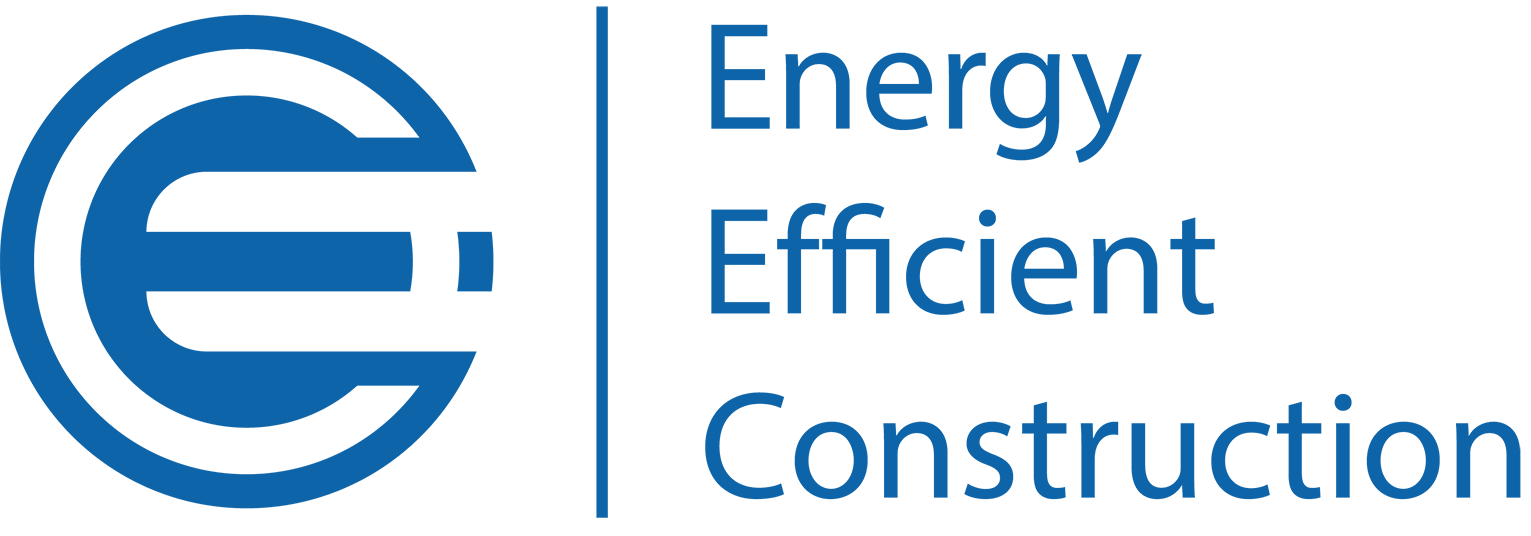Energy Efficiency in Construction
The research group 'Energy Efficiency in Construction' is dedicated to the scientific investigation of methods to reduce the energy consumption of buildings and settlements, up to zero-energy buildings and energy-positive settlement components. The focus is on innovative and energy-efficient technologies, which are investigated by means of interdisciplinary research approaches at the building and settlement level, for example within the project “SWIVT – Settlement Building Components for Existing Residential Quarters – Impulses for the Networking of Energy-Efficient Technologies”. The researchers are in close professional exchange with partner institutes within and outside of the TU Darmstadt as well as with local building contractors and energy suppliers and thus develop system solutions to reduce the energy demand in the building sector. In addition, the scientists are dedicated to researching innovative, thermally activated façade elements, which are applied to and investigated in the lighthouse project “ETA-Fabrik: Energy-Efficient Factory for Interdisciplinary Technology and Application Research”, among others. In this context, the issue of life cycle costs is also examined. A further research focus is the development of energy-active and energy-flexible building envelope elements with the aim of energy-flexible thermal conditioning of rooms, which is pursued in the research project “SynErgy”, among others.
Prof. Dr.-Ing. Clemens Hübler,
Research Group Leader Energy Efficiency in Buildings
Our focus is on innovative and energy-efficient technologies, which we research by means of interdisciplinary research approaches at the building and settlement level, such as in the project "SWIVT - Settlement Building Blocks for Existing Residential Neighborhoods - Impulses for Networking Energy-Efficient Technologies".
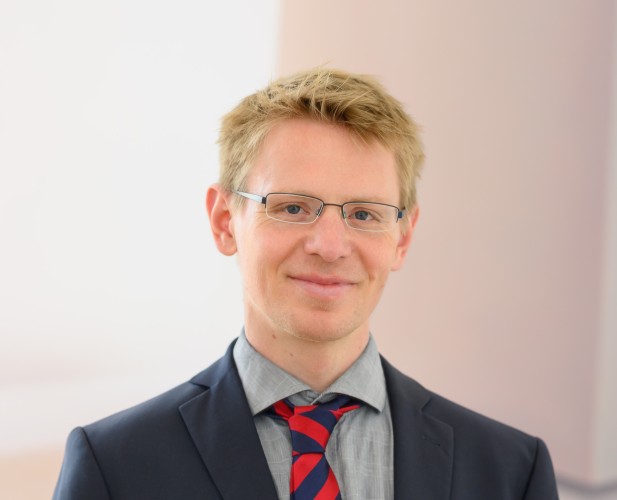
Current Projects
Completed Projects
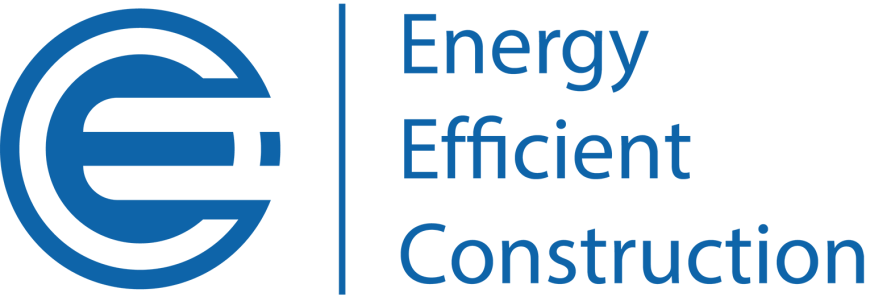
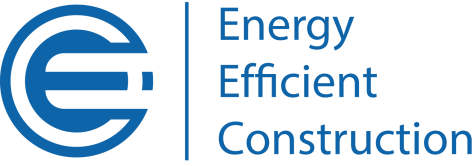
Head
| Name | Contact | |
|---|---|---|
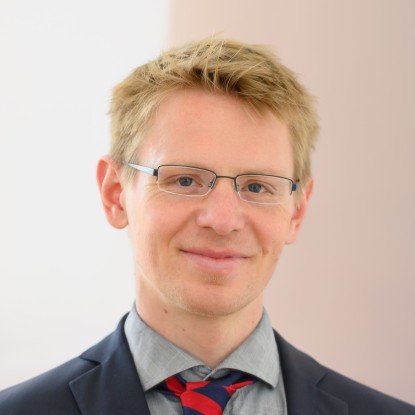
| Prof. Dr.-Ing. Clemens Hübler Chair of Data-infused Modeling in Structural Dynamics | huebler@ismd.tu-... +49 6151 16-23013 L5|06 615 |
Team
| Name | Contact | |
|---|---|---|
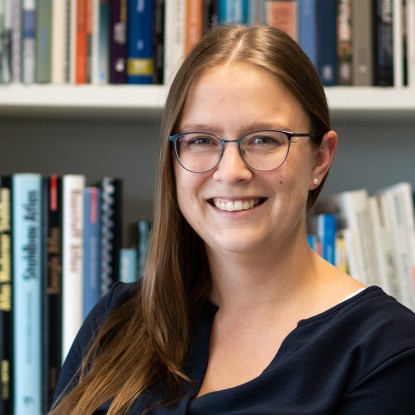
| Maike Grüneberg M.Sc. | grueneberg@ismd.tu-... L5|06 465 |
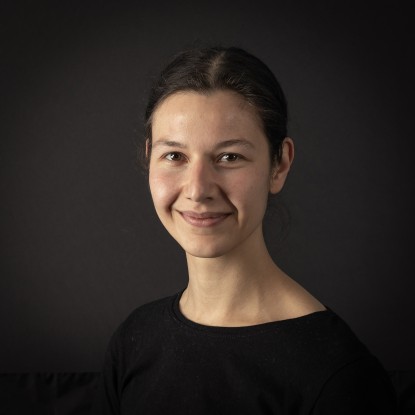
| Xenia Kirschstein M.Sc. | kirschstein@ismd.tu-... +49 6151 16-23018 L5|06 420 |
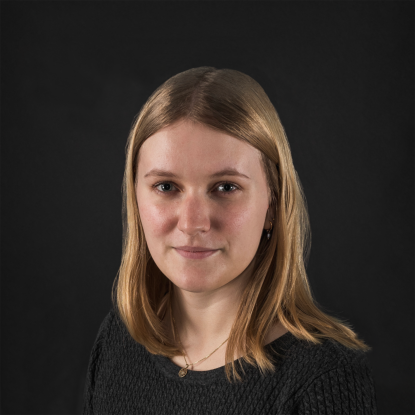
| Bernadette Lang-Eurisch M.Sc. | lang-eurisch@ismd.tu-... +49 6151 16-23063 L5|06 462 |
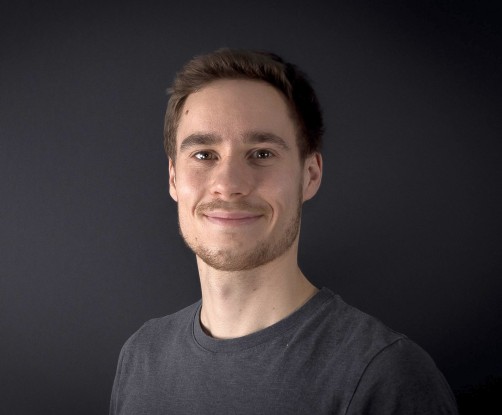
| Joscha Reber M.Sc. | reber@ismd.tu-... +49 6151 16-23067 L5|06 462 |
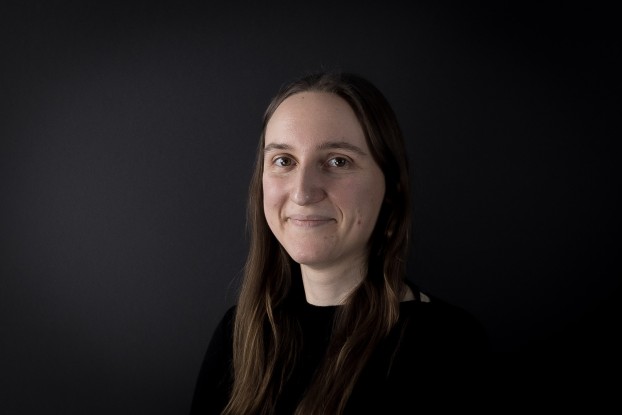
| Anja Schaffarczyk M.Sc. | schaffarczyk@ismd.tu-... +49 6151 16-23018 L5|06 420 |
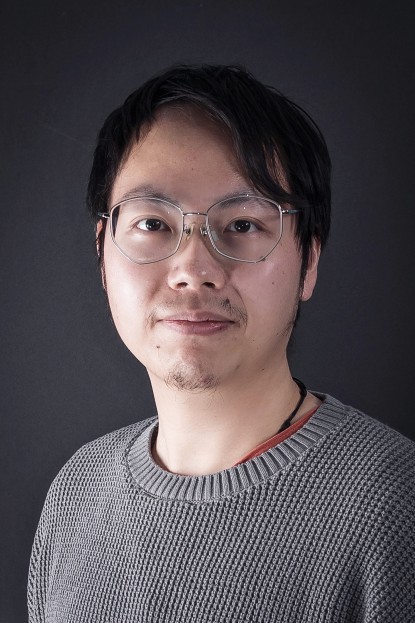
| Yang Xue M.Sc. | xue@ismd.tu-... +49 6151 16-21516 L5|06 465 |


